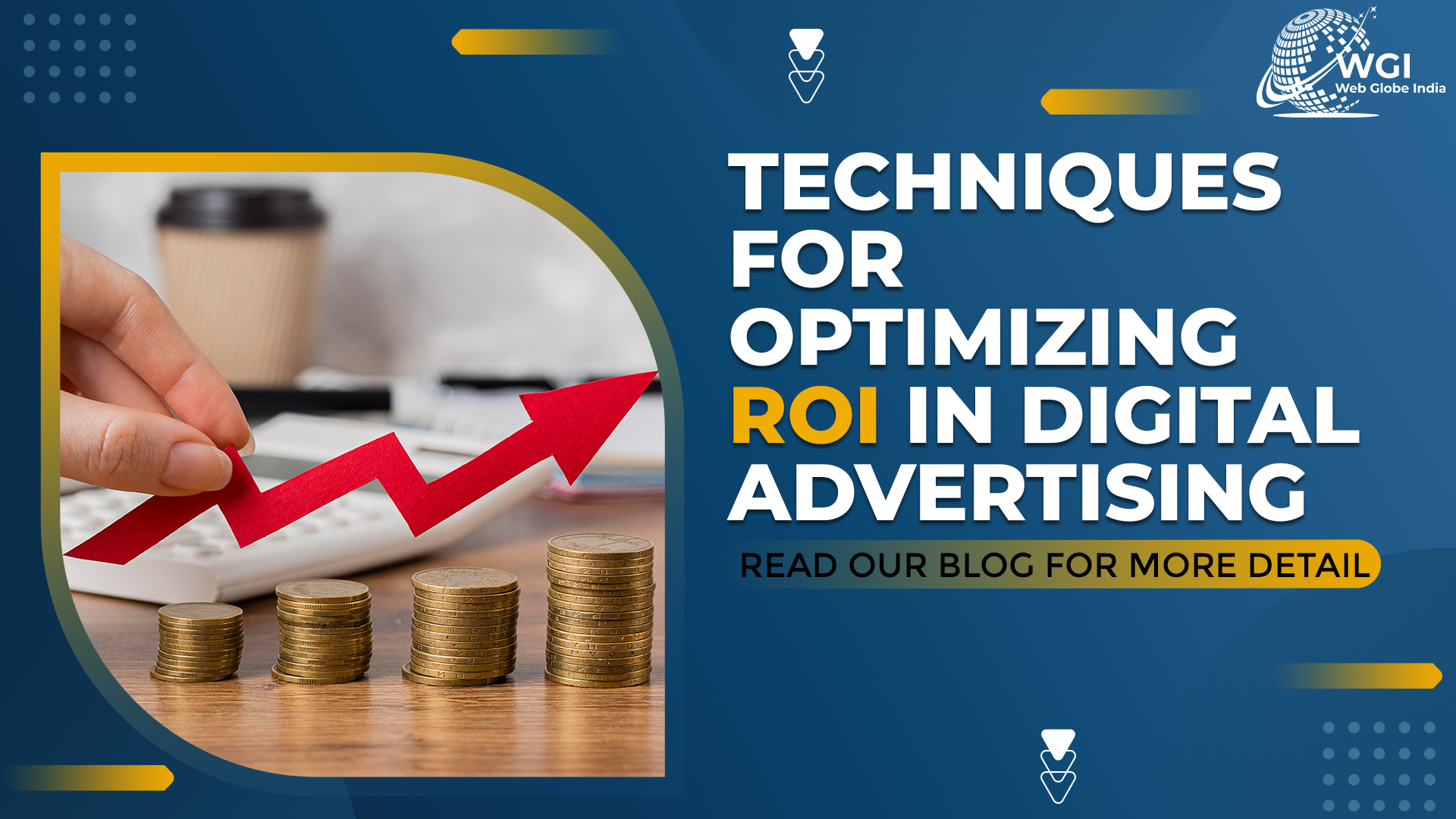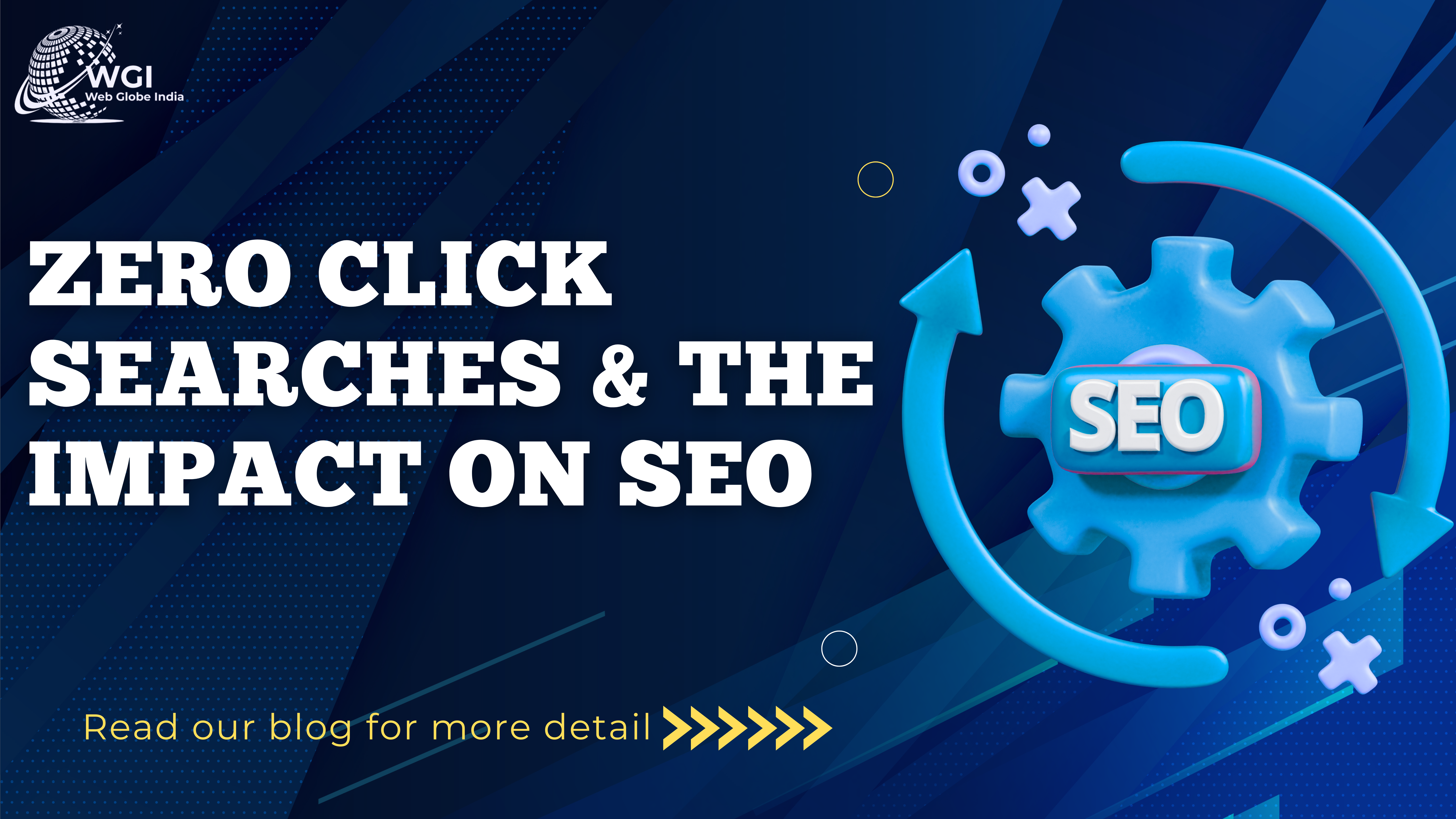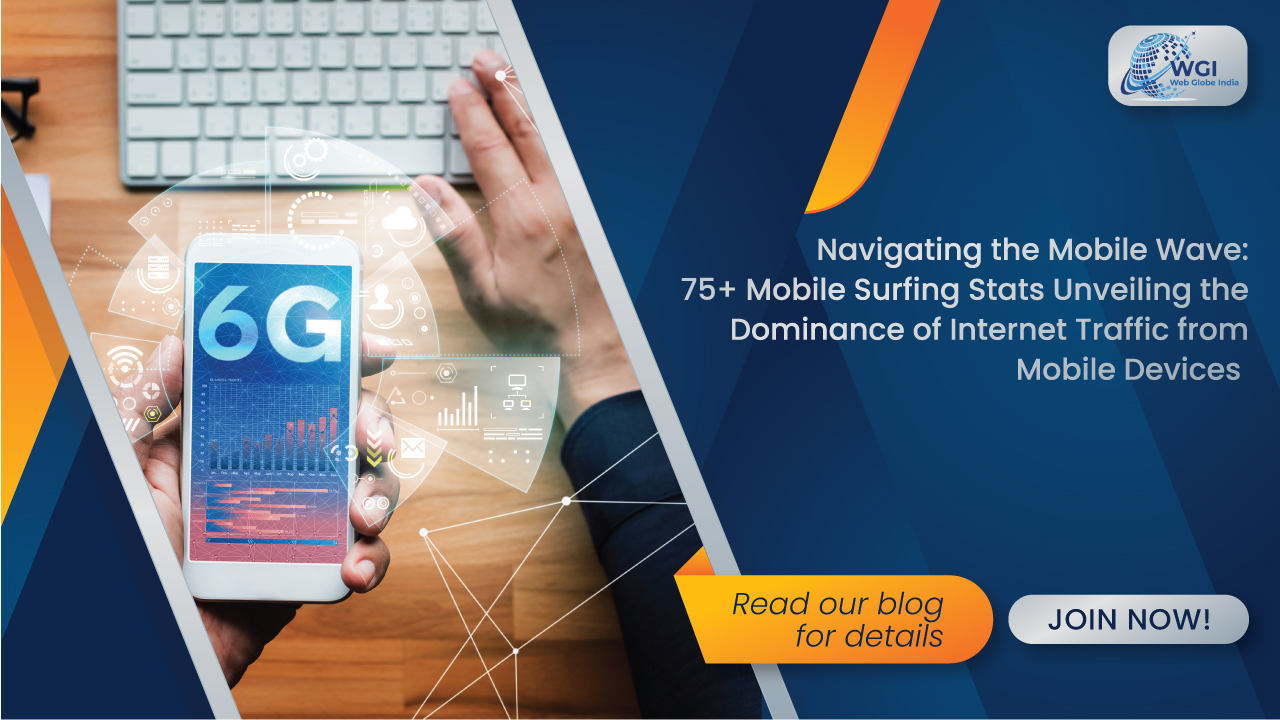In competitive business world, digital advertising has become a key tool for quickly boosting results and revenue. However, if not managed correctly, digital advertising can lose its effectiveness. A poorly run campaign can result in negative returns on investment (ROI), leading to financial losses. To avoid this, it’s essential to have a strong marketing strategy that optimizes ROI in digital advertising. Below are some key techniques to help you optimizing ROI and get better returns on your digital advertising investments.
Understanding ROI in Digital Advertising
Before discussing the strategies, it’s important to understand what ROI in digital advertising means. ROI measures how profitable your advertising campaigns are compared to the costs involved. In digital marketing, a specific metric called Return on Ad Spend (ROAS) is used to evaluate the effectiveness of ad campaigns. ROAS shows how much revenue is generated for every amount spent on advertising. The goal of optimizing ROI is to ensure that money spent brings back a profitable return.
Knowing Your Audience
A deep understanding of your target audience is the foundation of any successful digital advertising campaign. Each group of people has different needs, preferences, and behaviors that influence their decisions. By analyzing your audience’s characteristics and behaviors, you can customize your advertising messages to better connect with them. Creating detailed customer profiles and segmenting your audience based on these profiles allows for more targeted and relevant advertising. Additionally, conducting A/B testing can help you refine your messaging and discover what works best for different segments of your audience.
Setting Clear and Achievable Goals
Another important factor in optimizing ROI in digital advertising is setting clear and measurable goals. Establishing SMART (Specific, Measurable, Achievable, Relevant, Time-bound) objectives for your campaigns gives you a clear path to success. Each campaign should have a specific goal, whether it’s increasing brand awareness, generating leads, or driving sales. Defining these goals in advance allows you to track progress, measure success, and make necessary adjustments to improve performance.
Crafting Compelling Ad Copy
Ad copy is the core of any digital advertising campaign. A well-written ad copy can capture attention, evoke emotion, and drive action. To maximize ROI, your ad copy should be clear, persuasive, and aligned with your audience’s needs. It’s important to include strong calls to action (CTAs) that encourage users to take the desired action, whether it’s clicking a link, making a purchase, or signing up for a newsletter. Regularly testing different versions of ad copy through A/B testing can help identify the most effective messaging and improve campaign performance.
Leveraging PPC Advertising
Pay-per-click (PPC) advertising is a flexible and effective way to drive targeted traffic to your website. To optimize ROI, it’s important to structure your PPC campaigns strategically. Start by organizing your campaigns into relevant ad groups, each targeting specific keywords or audience segments. Bid strategically to ensure your ads are competitive but not too expensive. Additionally, using ad extensions can improve your ad’s visibility and increase click-through rates. Continuously monitor and adjust your campaigns based on performance data to ensure you’re getting the best possible returns.
Utilizing Social Media Advertising
Social media platforms offer great potential for reaching a large and engaged audience. To optimize ROI on social media, it’s important to choose the right platform for your target audience. For example, Facebook may be more effective for reaching older demographics, while Instagram and X are better suited for younger audiences. Creating content that resonates with your audience’s preferences and behaviors is key to driving engagement and conversions. Collaborating with influencers can also extend your reach and improve ROI by leveraging their established follower base.
Emphasizing Mobile Optimization
As more people use mobile devices, optimizing your digital advertising campaigns for mobile is crucial. Mobile-friendly ads that are easy to view and interact with on smaller screens can significantly improve engagement and conversions. Ensure that your landing pages are also optimized for mobile to provide a smooth user experience. By prioritizing mobile optimization, you can capture the growing mobile audience and maximize your ROI.
Making Data-Driven Decisions
Data is essential for effective digital advertising. Using analytics tools like Google Ads Central and Google Search Console helps you gather valuable insights into your campaigns’ performance. Analyzing this data allows you to identify trends, measure the impact of different strategies, and make informed decisions about where to spend your budget. By continuously experimenting with different approaches and analyzing the results, you can refine your campaigns and achieve better ROI over time.
Conclusion
Optimizing ROI in digital advertising requires a strategic approach that combines a deep understanding of your audience, clear goal-setting, compelling ad copy, and data-driven decision-making. By implementing these techniques and continually refining your strategies, you can maximize the effectiveness of your digital advertising efforts and achieve sustainable business growth. Remember, the key to success lies in continuous learning and a commitment to improvement.







